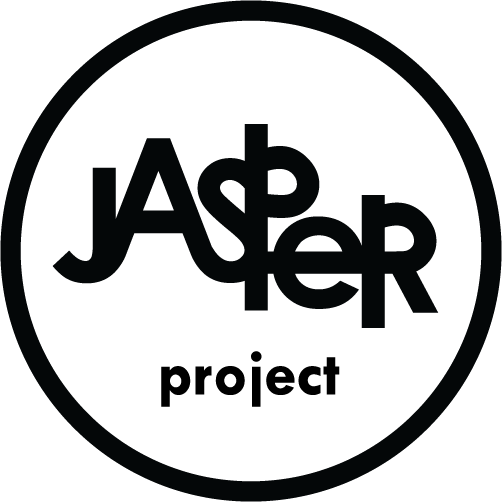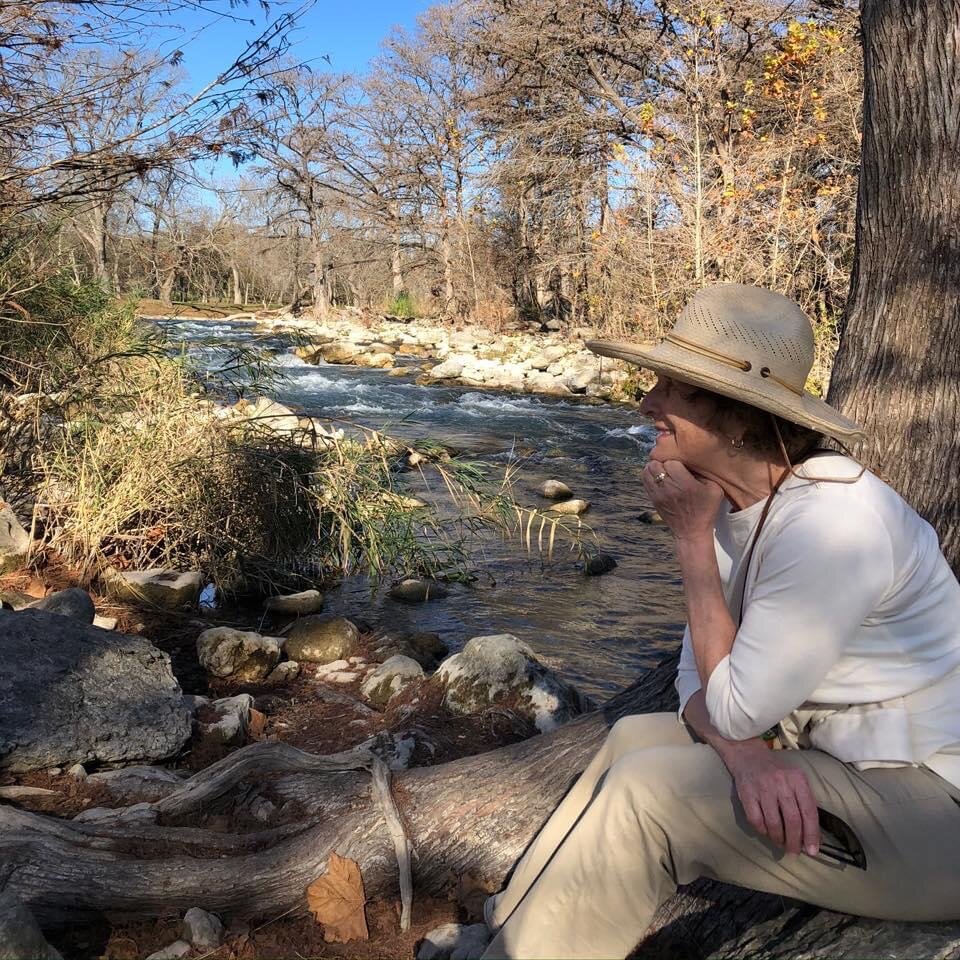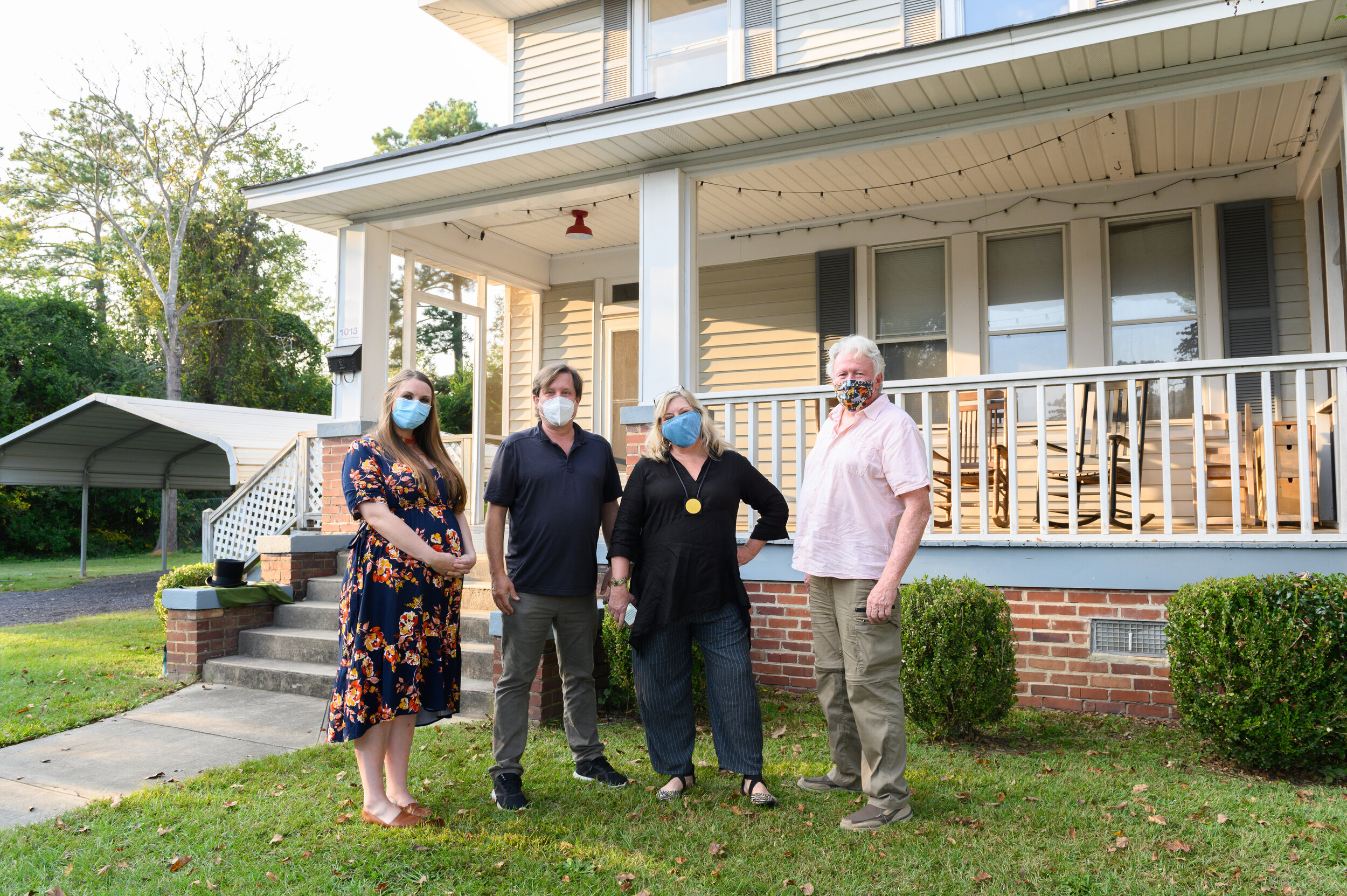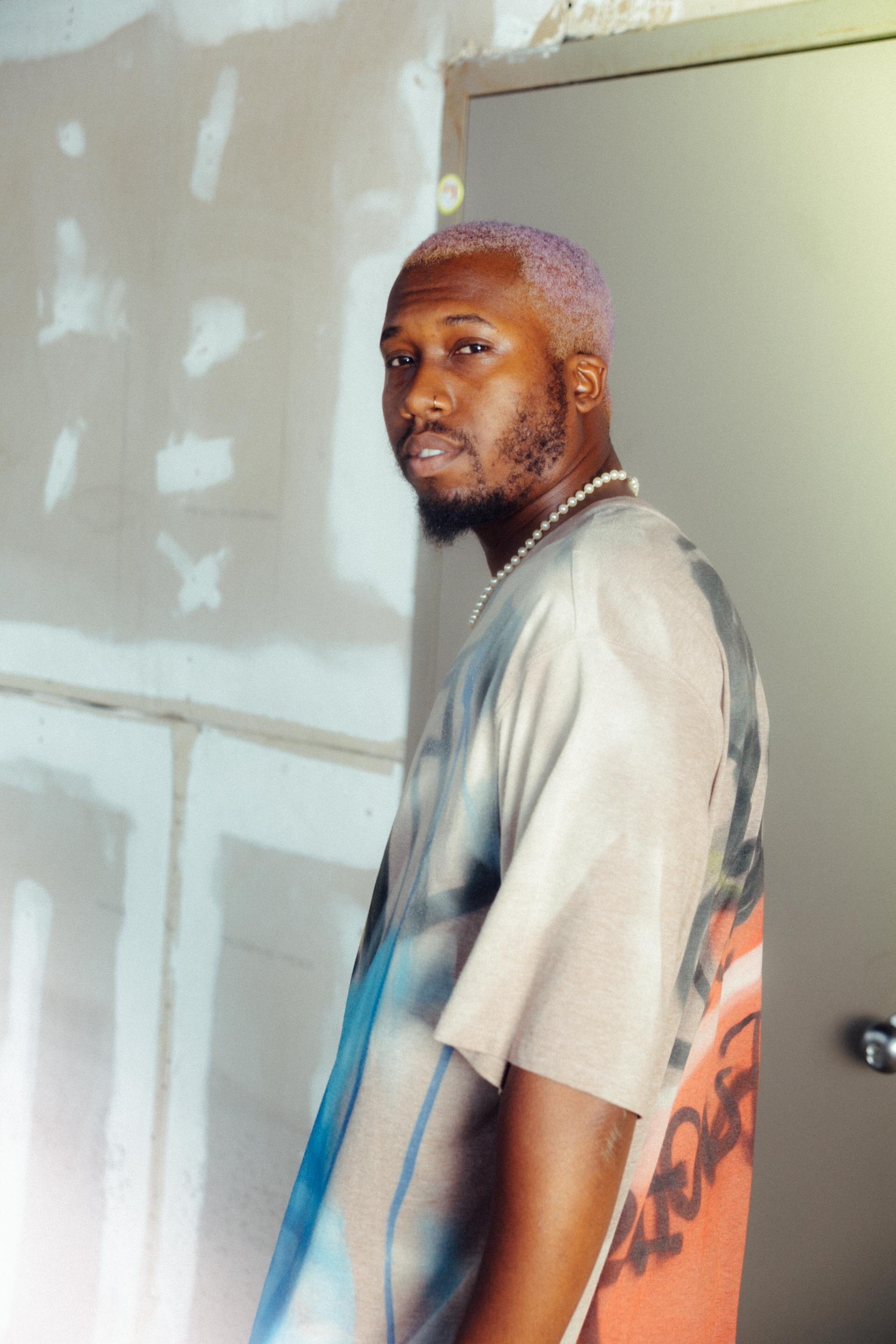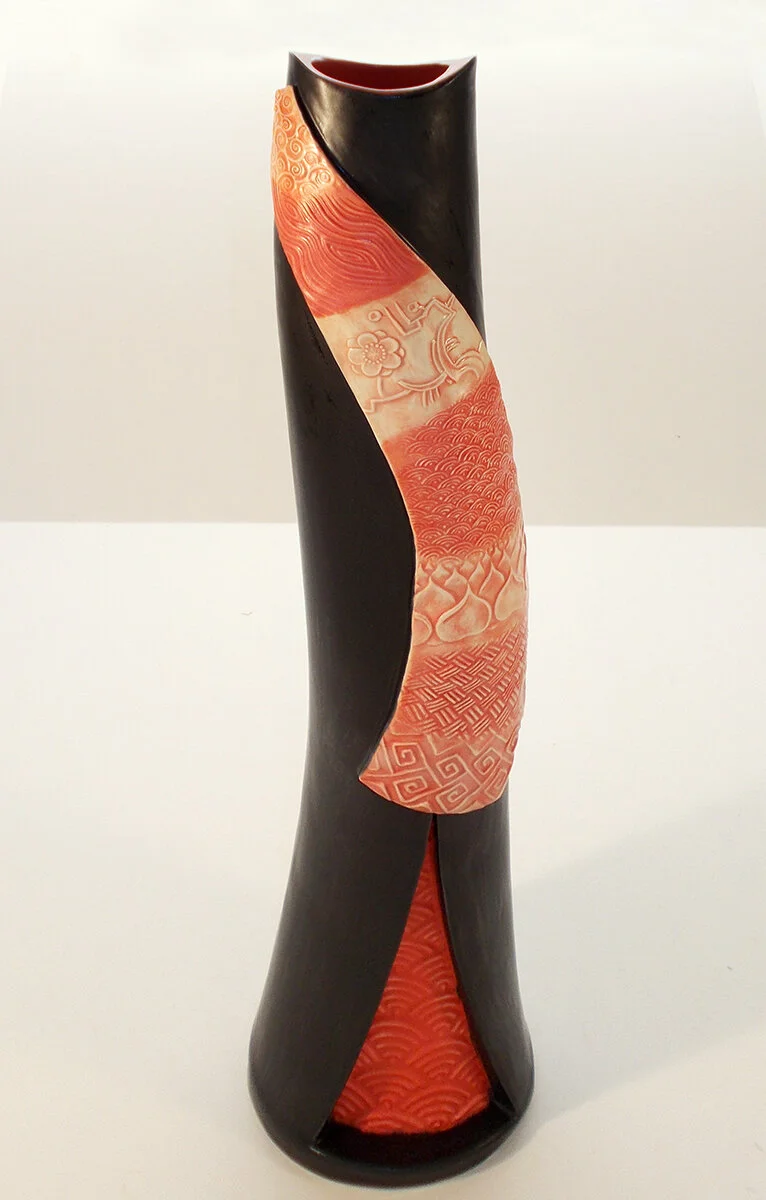Earlier this summer Jasper announced the winners of the Fall Lines 2020 Broad River Prize for Prose & the Saluda River Prize for Poetry and shared some of winner Randy Spencer’s prose and process.
Today we’re delighted to talk with Lisa Hammond, winner of our poetry prize.
Welcome Lisa!
JASPER: For the Jasper followers who haven’t had the pleasure of meeting you yet, please tell us a bit about how you got to where you are now. For example, where did you grow up and go to school, and how and when did you make your way to Columbia?
HAMMOND: Cindi, thank you so much for the chance to meet some new friends through Jasper! I’m originally from South Carolina, born in Florence, and I’ve lived in South Carolina most of my life. I was a first-generation college student at Francis Marion and then went to graduate school at the University of Alabama. I felt like such a country girl on campus (well, I was such a country girl!)—it was a big, exciting university, amazing faculty and writers, beautiful architecture, a great library and natural history museum. When I finished my PhD, I taught for two years at Michigan State University. I loved the fall in Michigan, but winters seemed endless. I was very fortunate to find a job at a small university in Lancaster, South Carolina, close to my family, and I have been there ever since.
JASPER: Call you tell us about your work as a professor as USC Lancaster? What do you teach and what is your area of research?
HAMMOND: Most of my teaching is first-year composition, general education courses—so ENGL 101 and 102, Intro to Poetry, that sort of thing. I enjoy teaching those courses because I remember so well what it felt like to be a new college student who had no idea what to expect from college. I love helping students learn to see from different perspectives, to understand their preconceptions and to test those—do they always hold up? how does new information change your first way of thinking about and seeing a question? how do you present your ideas in a persuasive way? You hear a lot these days that college professors indoctrinate students—goodness, sometimes it feels like a victory if I can get them to do the reading! I think what we are actually seeing is students beginning to understand new ways to read, interpret, analyze. Those processes, fully engaged, change your thinking and your life.
Most of my research falls under the broad category of gender issues in American literature and culture. I’ve done a good bit of research on teaching with technology—I taught my first online women’s studies class in 2000, which is hard to believe now. I’ve written a great deal about Ursula K. Le Guin, one of American’s most talented and powerful writers. I study contemporary American women’s memoirs about motherhood. And I gave a talk at a conference about a year and a half ago called “What We Did in the Resistance: Public Poetry, Political Response, and the Women’s March” that I should really finish up as an article, but the political landscape is changing so quickly that it’s hard to keep up with. I’ve lately focused more on writing and publishing my own poetry as my scholarly work, but I like to stay in touch with my academic research areas too—my interest in one area informs my work in the other. Sometimes that means it takes me a long time to finish a project, but I think the work is richer for the connections.
JASPER: Does your work at the university inform your writing much? How so?
HAMMOND: Grant Snider, the artist of the Incidental Comics series, has this great comic called Day Jobs of the Poets. I am pretty sure that if I won the lottery and suddenly could write full-time, I wouldn’t want to. I’m very lucky to have a professional life with a lot of range, many interesting projects and colleagues and students, so I often stumble across ideas at work that plant writing seeds. One drawback to my work for my writing life, though, is that I write a great deal for my job; the larger part of my job the last few years is my work as Director of Institutional Effectiveness and Research at USC Lancaster. I write a series of large reports every year. I just finished our annual state agency accountability report for the Governor and the General Assembly. Writing a university reaccreditation compliance document and writing a poem are two very different projects, but they both use my writing brain. So when I’m on deadline for large work writing projects, my own writing really dwindles in those periods.
My teaching, though, often brings me back to my own writing. Teaching any kind of writing keeps you close to your own writing, I find. In the last few years, I’ve been teaching more upper-level courses writing courses. I teach a senior-level business writing class that is fascinating—so much analysis of your audience there, understanding how to direct a message. I’m teaching an internship class right now, helping students learn outside the classroom; those students work in all kinds of organizations and businesses, so I have the opportunity to learn more about their careers and interests and am always running across interesting new ideas as I respond to their writing. I occasionally get to teach a 300-level creative writing class, which I LOVE because I write alongside my students. I write so much more in the semesters I teach that class because I stay in a daily writing practice with them. I find that writing a little every day means that I rarely finish a first draft of a poem in a sitting, but I write more over time. If I waited until I have big blocks of time, I’d never write another poem again.
JASPER: Are you primarily a poet, or do you practice prose writing as well?
HAMMOND: My prose writing is largely strategic planning documents! I am working on a prose poem series right now, which is something of a surprise for me, because I have always been in love with the poetic line and stanza form. Where does the line break? How does using couplets change the rhythm of the poem? The prose poem is an interesting challenge because you can’t rely on the line break to help you signal the importance of a word, for example. It’s also freeing; sometimes I spend so much time worrying a poem over stanzas and lines, but with the prose poem, you just start and keep going. The rhythm of a prose poems is different too, more accumulative, sometimes faster, so there’s an interesting opportunity to find ways to vary those rhythmic patterns. I’m finding these poems great fun to write, although I sometimes have to stop myself stewing over a line that ends with of, for example, or the—it’s not really a line, I have to tell myself. But often I tweak the spot that’s bugging me to shift the end word anyhow.
My mother took me to the library every week, usually when we came into town to the laundromat. She tells me I was an old soul early on
JASPER: Are you a life-long poet or did you begin writing later in life? What was the impetus for you to start writing?
HAMMOND: I can’t remember starting to write, so I’d say that qualifies me as a lifelong poet! (That sounds like a grand title, doesn’t it?) I come from a family of storytellers. My mother took me to the library every week, usually when we came into town to the laundromat. She tells me I was an old soul early on; I remember a second-grade teacher who made a deal with me—as soon as you finish your work for the day, you can skip recess and read the rest of the day. What a great year that was! I teach students who want to be writers that first they must read, often and widely. It may be that writing just runs in the family, though. One of my cousins is a poet, and so is my daughter. My daughter is at least as good a poet at twenty-five as I am now after a lifetime’s practice. Maybe better, if you consider that she won this same prize in 2018. I have a dear artist friend who says that it takes three generations to make a real artist. Now, having said that, let me hasten to add—talent is not inborn. What makes a writer is writing. Practice and persistence and putting the pen to the page, the fingers to the keyboard.
JASPER: Who has influenced your writing and who are some of your favorite writers?
HAMMOND: I mentioned Ursula K. Le Guin above; one thing I love and admire about her writing is that her books can be so different from each other. When people ask me what Le Guin they should read, I say, well, if you like myths and fairy tales, The Wizard of Earthsea. If you like politics, The Dispossessed. If you like exploration, The Left Hand of Darkness. I love how she challenges her readers and herself. When The Left Hand of Darkness was published, she faced criticism for using male-gendered pronouns to describe an androgynous race. She defended her thought experiment and found it good—and then she came back several years later and said, wow, wasn’t I defensive? and I was wrong. She wrote an afterword for a later edition acknowledging her critics’ and imagining other ways she could have written the book. She changed the pronouns in three different chapters—three different approaches to the pronoun problem—so readers could see how the change affected their perception of the characters. She couldn’t rewrite the book, but she never stopped seeing it again either. I think she would have loved to see the current moment when the third person pronouns have been accepted by major style guides. What a gift, to watch a writer grow and change over such a long and amazing career.
I read a great deal of contemporary poetry, keeping a stack of books in rotation on my desk when I am writing: Claudia Emerson, Camille Dungy, Louise Glück, Kevin Young. Chelsea Rathburn, Tina Mozelle Braziel, Li-Young Lee, Eavan Boland, Nikky Finney. I tend to stay close to the lyric exploration of ordinary moments, so I love Linda Pastan, and Pablo Neruda’s Odes to Common Things is a special favorite. I am also fascinated by how we understand history through poetry—Robin Coste Lewis does amazing things in Voyage of the Sable Venus. And Terrance Hayes’s American Sonnet for My Past and Future Assassin, wow. I love poetry anthologies as a way of meeting new poets and finding things outside of what I might normally first reach for. Sandra Beasley’s Vinegar and Char: Verse from the Southern Foodways Alliance. Sam Hamill’s The Erotic Spirit: An Anthology of Poems of Sensuality, Love, and Longing. Sandra Gilbert’s Inventions of Farewell: A Book of Elegies. You can while away quite a few lovely quiet hours with food, sex, and death.
And once you see something a new way, you can’t unsee it.
JASPER: You are the winner of the Saluda River Prize for Poetry in this year’s Fall Lines – a literary convergence for your poem, Hydrangeas, with which we opened this post. What can you tell us about the roots, if you will, of your poem Hydrangeas?
HAMMOND: Hydrangeas come in so many beautiful varieties, with all these amazing names. Some names suggest the flower itself, like Brussels Lace, while others have these old-fashioned people names like Hortensia. The names are a song by themselves.
Hydrangeas seem to embody the contradictions of the South, lovely and vexed all at once. As part of the traditions of Southern entertaining, they suggest wealth and elegance, but some see them as common pests. I’m not sure they are actually classified as invasive plants, but some people do seem to see them that way. And they can change colors, like magic! How can the same plant mean such different things? But this is true throughout the South, with the many ways we tell our histories. The same wedding venue through one set of eyes is a gracious home, but through another, it is a haunted gravesite of enslaved people whose names have been erased. And once you see something a new way, you can’t unsee it. I can’t imagine wanting to. Hydrangeas grow in elegant Charleston gardens, but they also grow in ditches. In our grandmothers’ gardens, Alice Walker might say.
I was working on this idea at a retreat and went one afternoon to a greenhouse in Pawley’s Island, where I did actually overhear the first line of the poem. In some respects, this poem feels unfinished to me, perhaps because as Le Guin did, I am always learning to see things a new way. I don’t think the poem says everything I want to say. But at a certain point, the poem is done. You have to go write another one. And I’m still not very good at growing hydrangeas, although I do have a big beautiful bunch of them dropping those little blue speckles all over my desk right now.
JASPER: What do you do with yourself when you aren’t writing, teaching, or doing research?
HAMMOND: I’m a photographer and I love to draw. My poor family—I am always taking photos of them and writing poems about them. Art is another way of seeing, and my poetry and art are deeply connected, but for me the visual arts feel more like play. When I travel, the first thing I do is find the local museums and bookstores and art supply stores.
I don’t think our world will go back to what it was, and I don’t want it to—this moment is teaching us how we can change. But whoever said change is hard was seriously not kidding.
JASPER: How has COVID-19 affected you and your ability to practice your art?
HAMMOND: Artists are struggling, as we all are. Most people I know have either lost their jobs or are working harder than they’ve ever worked. One minute things seem ordinary, and the next you realize you left your mask in the car. Someone you know is sick or dead. The anger boiling in this country, George Floyd, Breanna Taylor, and who knows who will be next. The protests that we march in, or are afraid to march in because we are at risk. Well, we are all at risk. We pass some horrifying marker, 100,000 dead in the United States, 150,000, and we’re approaching 200,000. How do we even understand these numbers? I can’t read anymore—books from before seem very much from before. The real world is as frightening as any apocalyptic novel now.
I’m lucky, I know, to be in the camp of folks who are working harder than they’ve ever worked, though some days that luck feels like hard luck—helping my students navigate the transition to online learning, working with several faculty one-on-one to help them with their classes, working on our university-wide reaccreditation. I’ve written exactly two poems since March, and that I finished anything feels like a miracle. I don’t usually write in the moment—I would love so much to be able to write and publish a poem in Rattle’s Poets Respond! Instead I keep journals and I draw. I note a thing or two each day that in a year I will come back to, will try to see again. I read as best I can and to have faith that I will come back to the writing as we settle more into this moment, the next. I don’t think our world will go back to what it was, and I don’t want it to—this moment is teaching us how we can change. But whoever said change is hard was seriously not kidding.
Sometimes you write your life, and sometimes you live it.
JASPER: Do you have any hints or recommendations for other poets on how to get through this strange period in all of our lives?
HAMMOND: I am doing several things to try to take care of myself.
A big piece of this is managing how I follow the news. The early days of the pandemic, we were all refreshing our newsfeeds constantly. That continuous exposure to changing circumstances meant constant adrenaline, constant anxiety, for me and I believe for many. I am not great at not looking at my phone first thing in the morning, but I do try. I have cut way back on my social media—this makes me a little lonely, but it gives me more time and lets me choose when I can take hearing the day’s bad news. I subscribe to a daily email summary from a small handful of trusted news outlets. I’m grateful for Heather Cox Richardson’s daily Letters from an American, but I have no idea how she writes that and teaches and sleeps. I can’t wait for the day I can read that collection and remember this time, and it will be history.
I feel a great need to do something to help, so I have chosen a few causes and significantly upped my donations. I certainly am saving a lot of gas money working from home, and it makes me feel I am making some small difference. I wish it were a bigger difference, but maybe together all our small differences will make the bigger change.
And I try not to beat myself up, for not being ok, for not getting through everything I need to do, for not having the energy some days to even text a friend. I would never talk to a friend the way I talk to myself in my head, but I have to remind myself of that pretty regularly. Of course you didn’t get through all those papers to grade today, of course you will write again.
I’m a slow writer in normal circumstances—I recommend Louise DeSalvo’s The Art of Slow Writing: Reflections on Time, Craft, and Creativity. Time is so strange in this moment—fast and slow, the markers we normally use to note the progress of our days and years gone or fundamentally changed. It’s ok to take time to sit with this grief and wonder. When you are ready to write again, write a little every day. It’s ok if it’s bad. It’s ok if you don’t finish. A little every day will take you places, when you are ready.
Sometimes you write your life, and sometimes you live it.
~~~
Elizabeth Warren Dreams of Kissing Babies
by Lisa Hammond
It is good and over, the long campaign, debates, VP
speculation. Would you say yes? Yes. I would help any way
I can. He called himself to tell me, of course. He’s a
decent man. Another disappointment, but not a
surprise. All those pinky promises and all those little girls. The
Zoom convention, a soft cornflower blue sweater,
balancing careful scripted banter with hope. Kamala is
making history. All my plans long ago pulled down from
the headquarters wall and recycled, Empowering
American Workers and Raising Wages, Strengthening
Our Democracy, My Plan to Cancel Student Loan
Debt on Day One of My Presidency. Whether or not I
smile enough. Only the election left, and in truth, there’s
some relief—they cannot blame me for what is
coming. The reporters yelling from the sidelines, will
you be a key player in the new administration? We both
want the same thing. The reporters and the crowd surge
forward, I know it is before because the mothers push
their babies towards me, no one masked, no one
distancing, no one knowing what is coming. Dream big,
the mama says, fight hard, the children reply. I can’t stay
in this crowd and I want to say it again but don’t, I am
running for president because that’s what girls do. The choices
left now. We want this country to work and we want it to work
for everyone. Smiling or strident. Either way my face
hurts.
